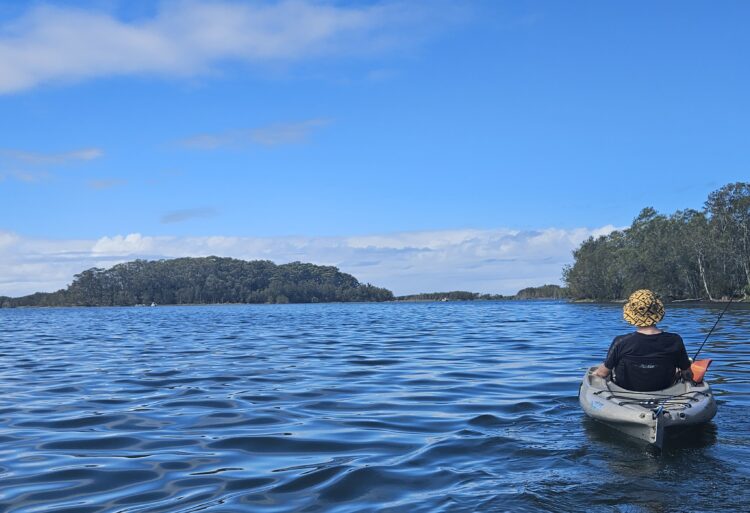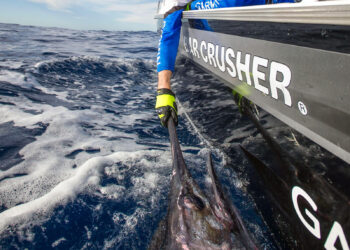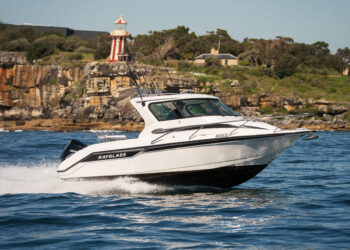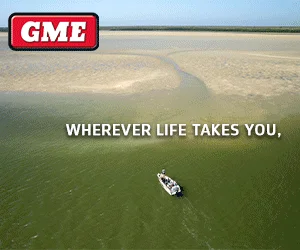FORGET hot yoga, wellness retreats or meditation classes – fishing a remote estuary on a kayak is my idea of the perfect mindfulness session.
Gliding across a serene waterway with fishing rod in hand forces you to be “in the moment”.
It’s an immersive experience. Keeping an eye on your surrounds, manoeuvring your craft and focusing on every cast and retrieve leaves little time for other thoughts to creep in.
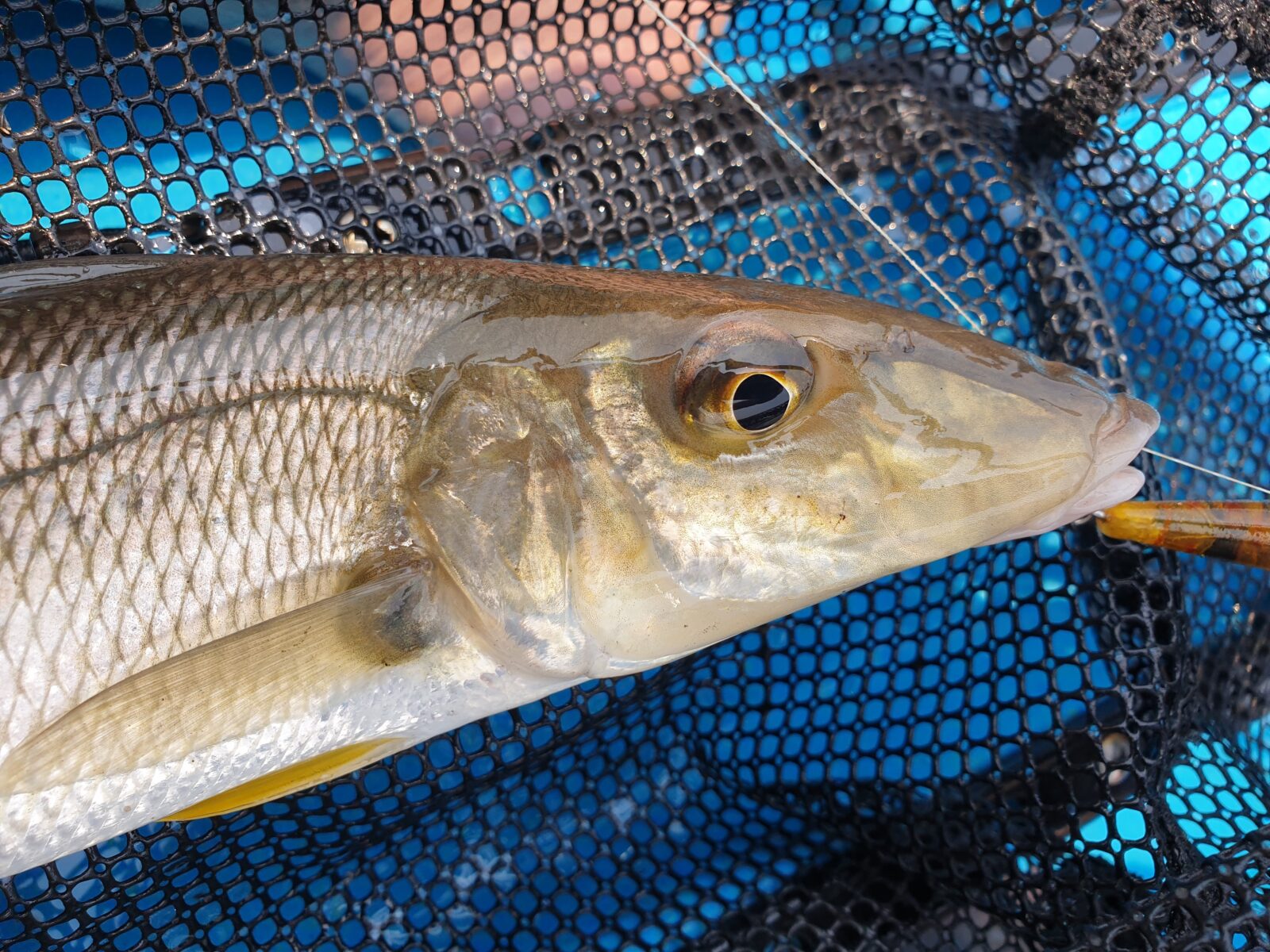
It’s amazing how refreshed and recharged you feel after each session.
Mental health aside, kayak fishing the secluded creeks and backwaters is extraordinarily productive.
Nothing beats the stealthiness and flexibility of a kayak if you want to explore a small waterway to its fullest potential.
Some of the best water is often in areas where a boat – even a small one – simply can’t go.
Personally, I love kayaking into tight terrain and throwing lures.
Lure preference depends on the location and the time of year.
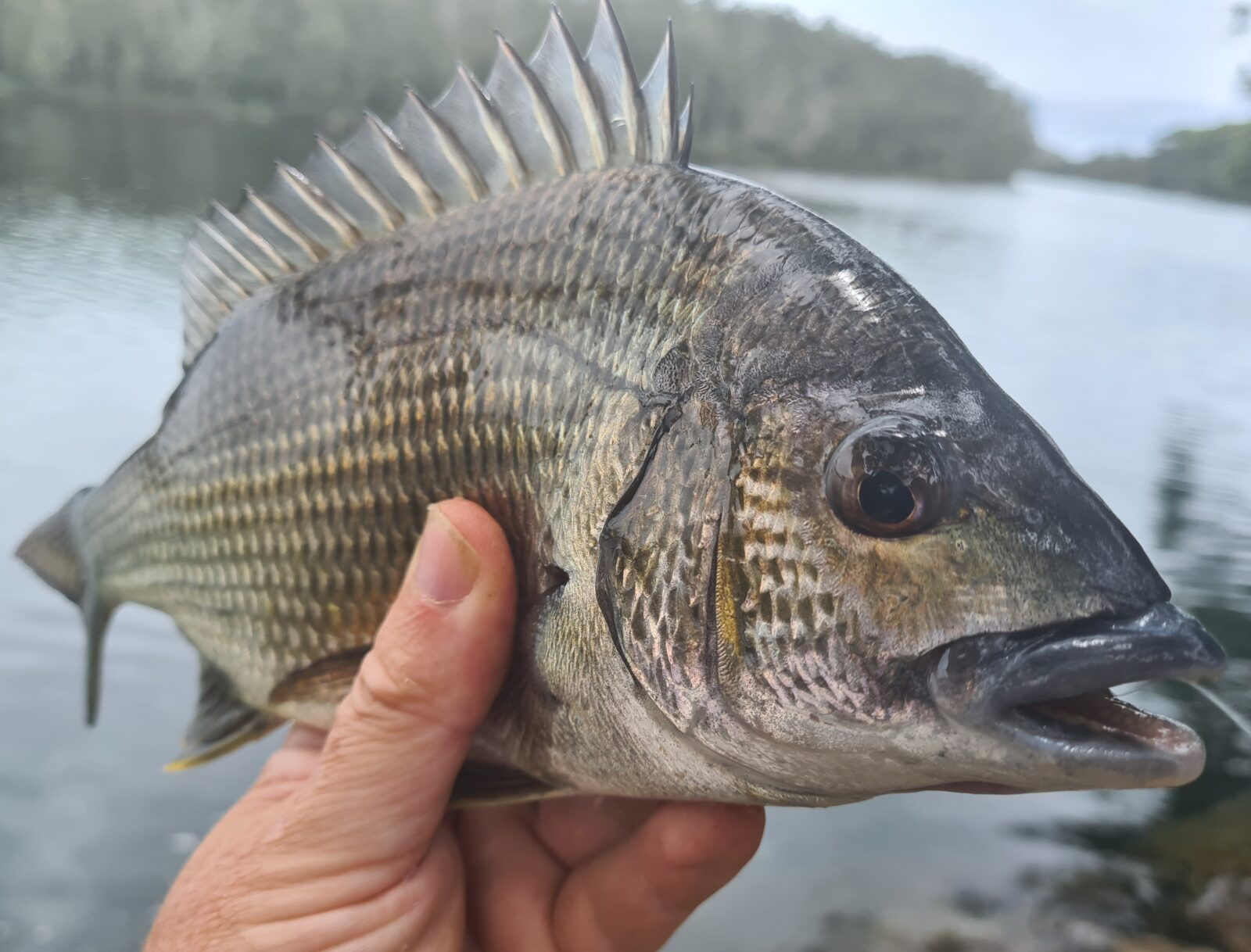
The snaggy, tree-lined creeks that abound on the NSW far south coast are beaut places to explore with small, lightly-weighted soft plastics and 40mm hard bodies in close to the timber.
Big black and yellowfin bream and the main drawcard, but you’ll encounter EPs and dusky flathead. The more isolated the creek, the better the fishing.
Use the wind and tide to silently drift by structure and pepper likely looking snags.
For years I used a traditional ‘paddle’ kayak and was able to employ this technique relatively easily – although having to balance the paddle on my lap and reach for it every time I drifted off course was a pain.

I recently purchased a new pedal-powered Hobie Lynx, the lightest and most agile kayak in the Hobie range.
The Mirage Drive 180 technology, allowing me to pedal forwards and backwards, is a godsend in tight, snaggy creeks.
It turns on a 10-cent piece, too, which is great in tiger country.
There is a time-limit on fishing a snag. A single sunken tree branch or oyster rack pole isn’t a location an angler can flog all day and continue to expect results.
Only a handful of casts is required. After a few minutes, you’ll have either caught a fish, spooked a fish (and all its mates) or realised that there were no fish there in the first place.
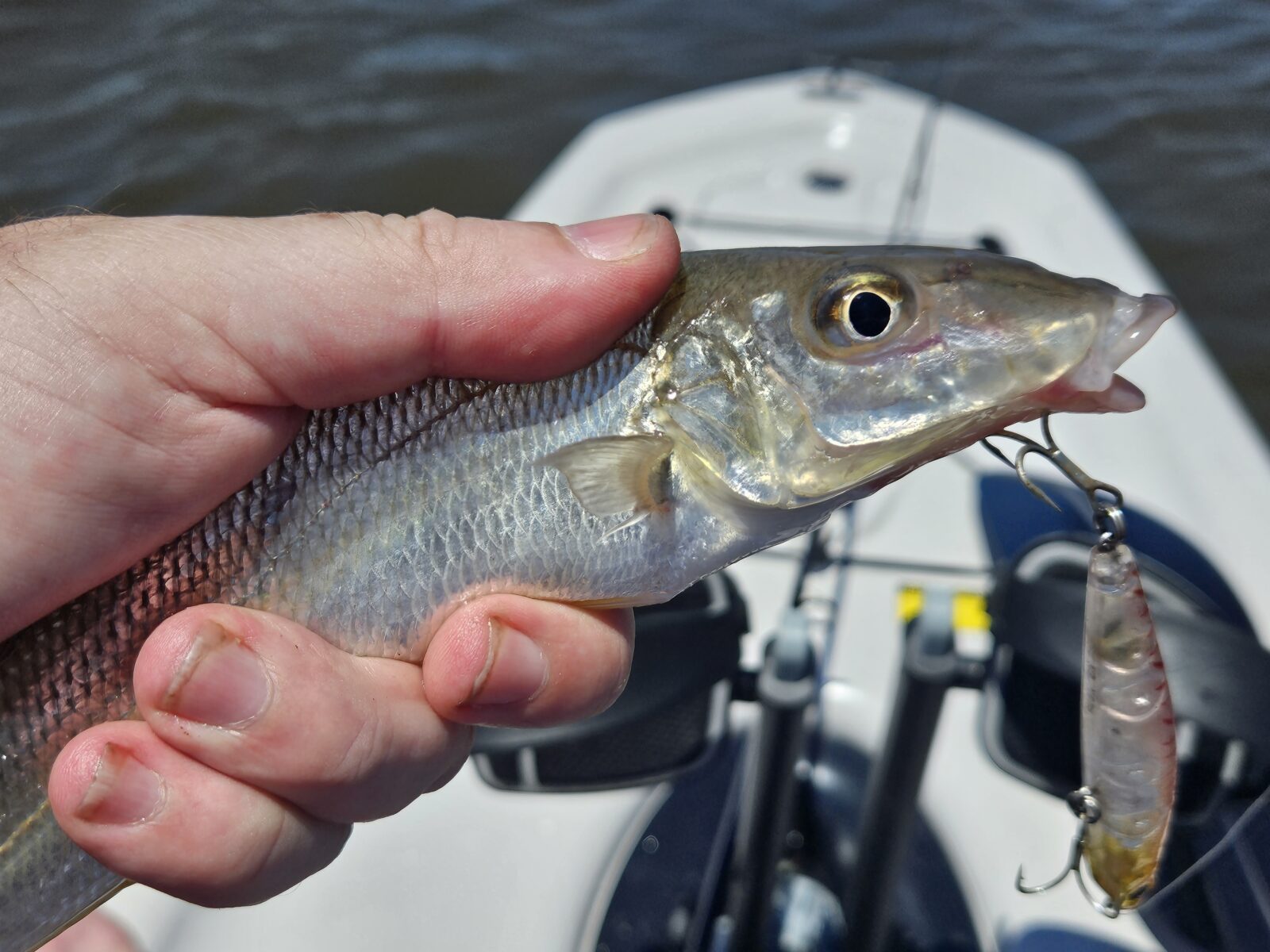
Move on, and be prepared to keep moving, and you’ll maximise your results.
Remember to work the fringes of any snag first-up, then gradually go for more adventurous casts into the heart of the structure.
It’s better to get your lure stuck on cast number 10 than cast number one!
Fishing structure is just one method that works well when kayaking the creeks.
But don’t ignore the shallow sandflats and weed-beds that often abound in these areas of an estuary.
Kayaks give you unparallelled access to shallow water – so take full advantage.
Surface walkers and poppers are tailor-made for the knee-deep water you’ll often encounter in these areas.
Whiting, bream and flatties respond brilliantly to this approach, especially in the warmer months.
Depending on where you’re fishing, you could also tangle with trevally, tailor, EPs and flounder.
A great feature of the versatile Lynx is the fact you can easily stand up on it, allowing for sight fishing the shallows.
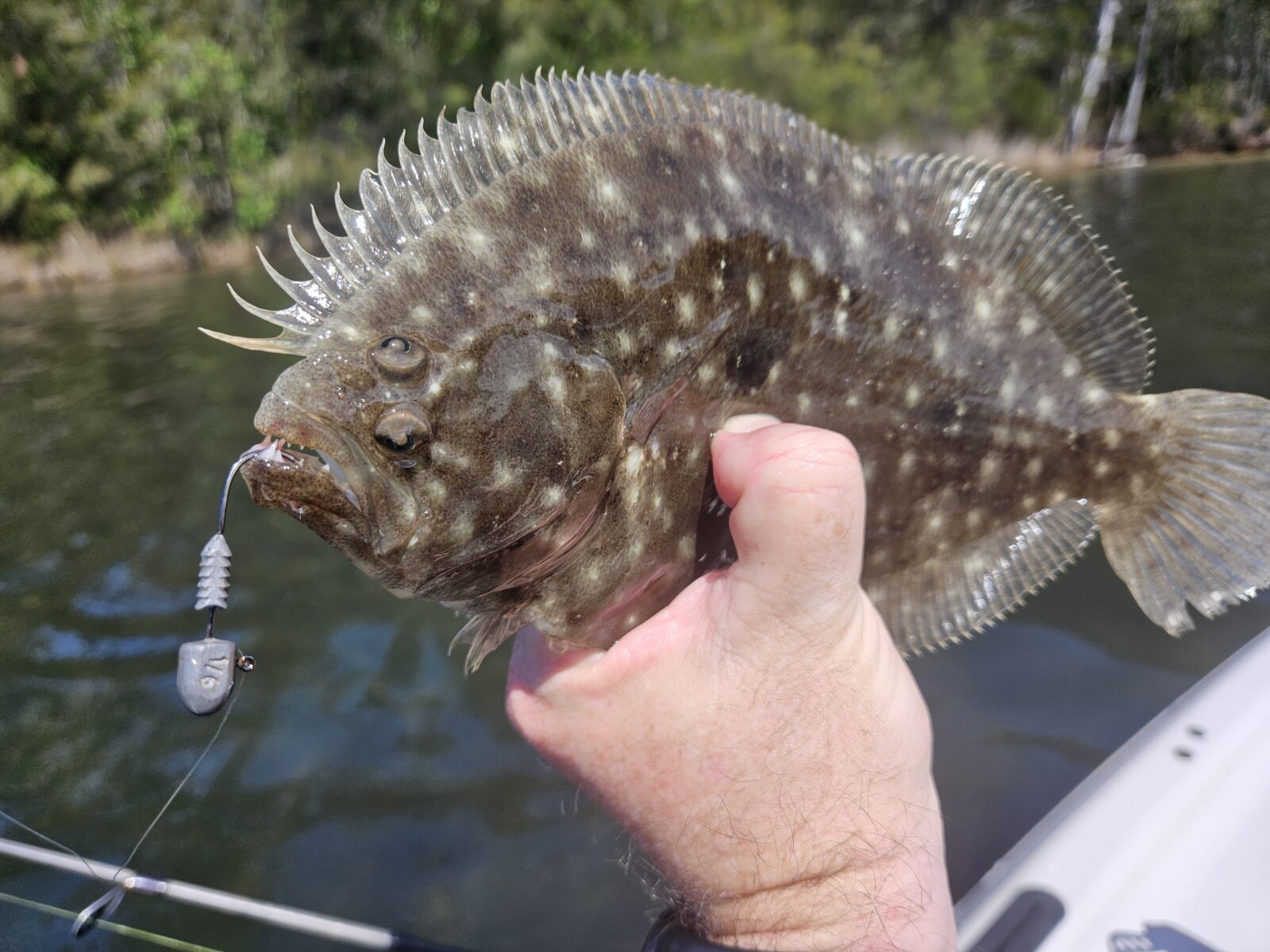
Its stability means it acts pretty much like a SUP, giving you the option to cast from a raised vantage point and spot whiting, bream and other target species over the flats.
Polarised sunglasses are an absolute must for this style of fishing. You’ll be shocked at how many fish you see when you’re making your way silently over the flats.
Some serious kayak fishers like to carry everything bar the kitchen sink for an estuary luring session, but I prefer to travel light.
A couple of spin outfits, a small tackle bag and a selection of hard-bodied lures and soft plastics is all you need for a productive creek kayaking session.
Don’t forget a landing net, either. There is nothing worse than having a panicked fish attached to a lure full of trebles flipping around your feet – trust me, I’ve learned the hard way.
It pays to choose your waterway carefully, too.
Although the large tidal rivers on the NSW far south coast – like the Clyde, Moruya, Tuross and Bega rivers – are all extraordinarily good fisheries and all can be successfully fished from a kayak, their size can make them hard work.
Strong currents and large expanses of water exposed to the elements can suck the fun out what should be a relaxing, sedate form of fishing.
The Clyde in particular is also home to plenty of hefty bull sharks. A nerve-wracking thought when you’re so close to the water!
My theory is you’ve got a small, portable, versatile craft at your disposal – make the most of it. Go where the boats can’t go. Go where the crowds can’t go. And go where the fish are!
Of course, not every creek and backwater is going to yield fantastic fishing, but sometimes it doesn’t really matter.
Floating down a serene stretch of water, and having it all to yourself, is often worth the effort in its own right.





